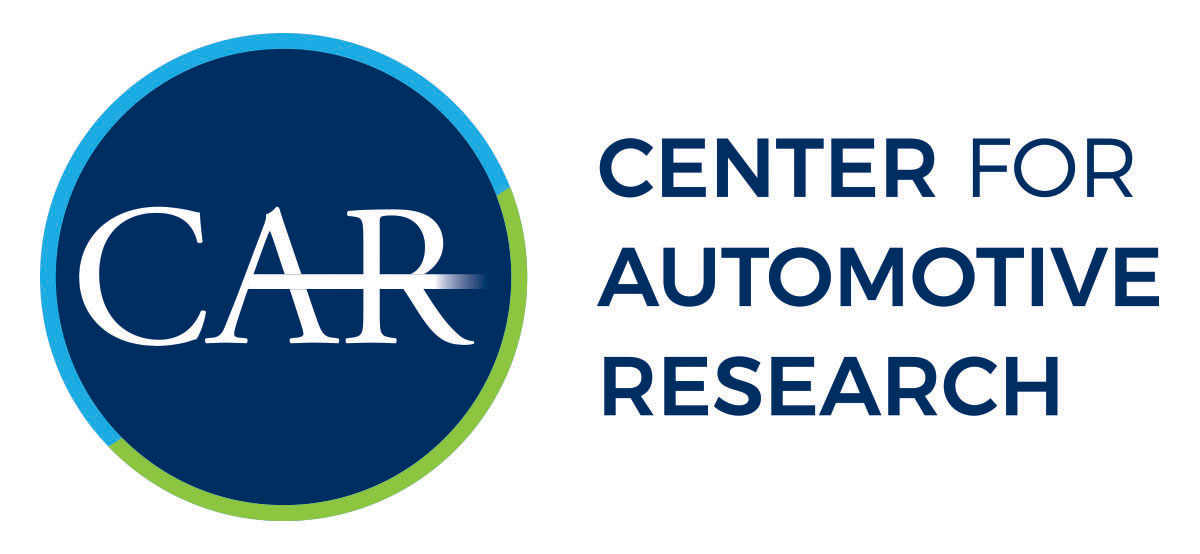Financing the Infrastructure to Support Alternative Fuel Vehicles
Countries around the world have implemented regulatory requirements to improve fuel economy and reduce greenhouse gas emissions from vehicles. These regulations encourage automakers to sell alternative fuel vehicles (AFVs), which use fuels such as natural gas,...The Bio-Based Materials Automotive Value Chain
The study examines the bio-based automotive parts and components market and identifies several successful approaches to increase commercialization of bio-based materials in automotive components. This report includes an examination of the status of current bio-based materials technology and use within the automotive industry, emerging industry trends toward deployment of bio-based materials, leading organizations that are active in the automotive bio-based materials sector, and feedstock and resource base considerations associated with production of bio-based materials.
Deployment Rollout Estimate of Electric Vehicles 2011-2015
The purpose of this study is not to forecast sales of electric vehicles; rather, this study‘s aim is to estimate electric vehicle deployment by state. In order to create these estimates, CAR examined forecasts of total electric vehicle sales in the U.S. to generate a reasonable approximation of what electric vehicle sales might look like for the period 2012 to 2015. The national estimates used in this paper do not constitute a CAR forecast and only reflect projections that were available at the time of this study. In the study, Table 6 denotes the percentages used by CAR to divide national electric vehicle sales among states. With the state percentages, one could select any forecast and generate state-by-state results for that forecast.
CAR Research Memorandum: The Impact on the U.S. Economy of Successful versus Unsuccessful Automaker Bankruptcies
The automotive industry has long been, and continues to be, one of the most important sectors in the U.S. economy. The motor vehicle and parts manufacturing industries employed 597,000 workers directly, as of March 2009, and the Detroit 3 employed 202,8002 hourly and salary workers in the United States, as of February 2009. The international producers employed 107,5003people in the United States in January 2009. The auto industry has one of the largest economic multipliers of any sector of the U.S. economy, and is sufficiently large that its growth or contraction can be detected in changes in the U.S. Gross Domestic Product. In many states, employment in automotive and automotive parts manufacturing ranks among the top three manufacturing industries.
How Automakers Plan Their Products: A Primer for Policymakers on Automotive Industry Business Planning
A great deal of public discussion has focused on petroleum use and greenhouse gas emissions from automobiles. An inevitable response has been to call upon automakers to produce higher-mileage vehicles. Many policymakers have suggested regulations to spur more fuel efficient designs. But little effort has been made to explain to policymakers and the public the intricate decision-making process entailed in changing vehicle designs or adjusting product plans to meet new needs.
Vehicle Technology Trends in Electronics for the North American Market; Opportunities for the Taiwanese Automotive Industry
The purpose of this study is to conduct a preliminary investigation into the future business potential for automotive electronics, particularly for general Taiwanese companies. Although many Taiwanese companies are targeting China as a growth opportunity, our preliminary investigation was based on North America with the understanding that a more targeted investigation for China could be a future investigation. We recognized that the North American perspective would provide significant input, even to the Chinese market, because many of the auto companies and supplier’s practices and projections are easy to generalize from since they are global.
Changing Business Dynamics in the Automotive Supplier Sector: The Strategic Use of Mergers & Acquisitions, Outsourcing, Supply Chain Consolidation, and IT by Automotive Suppliers
Automotive suppliers find themselves facing a business environment that continues to grow more competitive. Rising materials prices coupled with demands for price cuts, as well as the growing cost of health care and increased competition have created a business environment in which suppliers struggle to succeed.
Prepared for gedas, USA, Inc.
